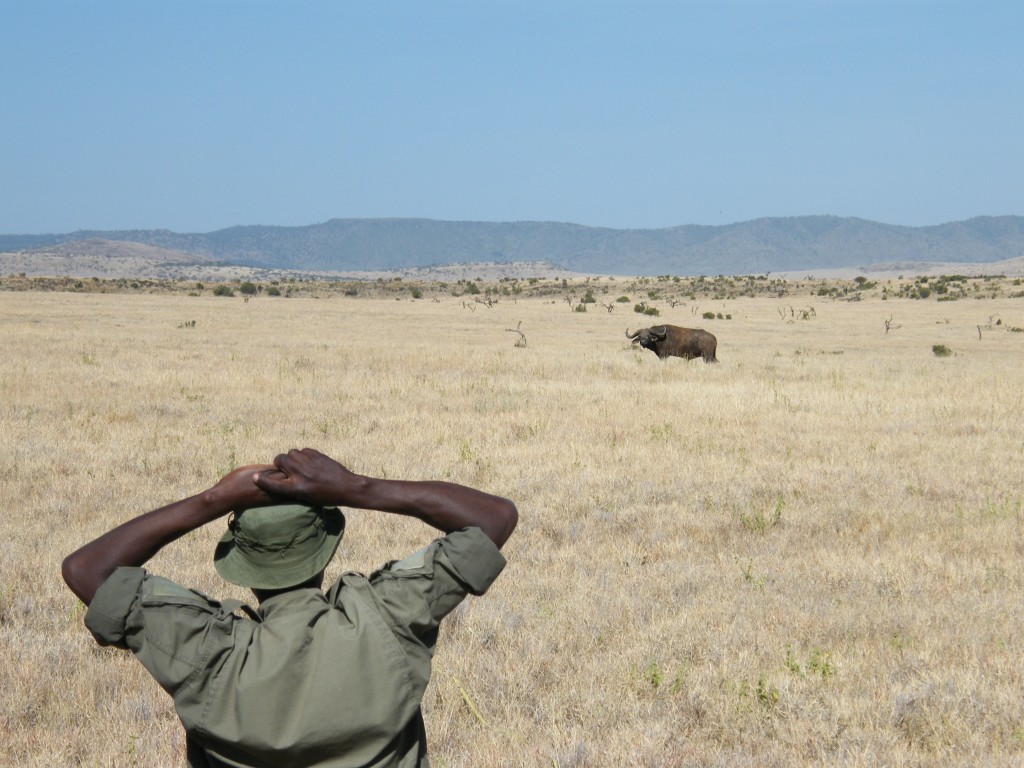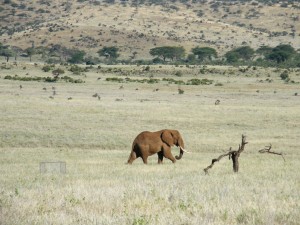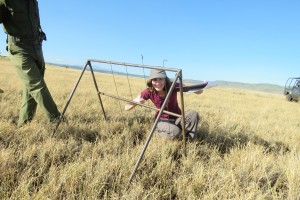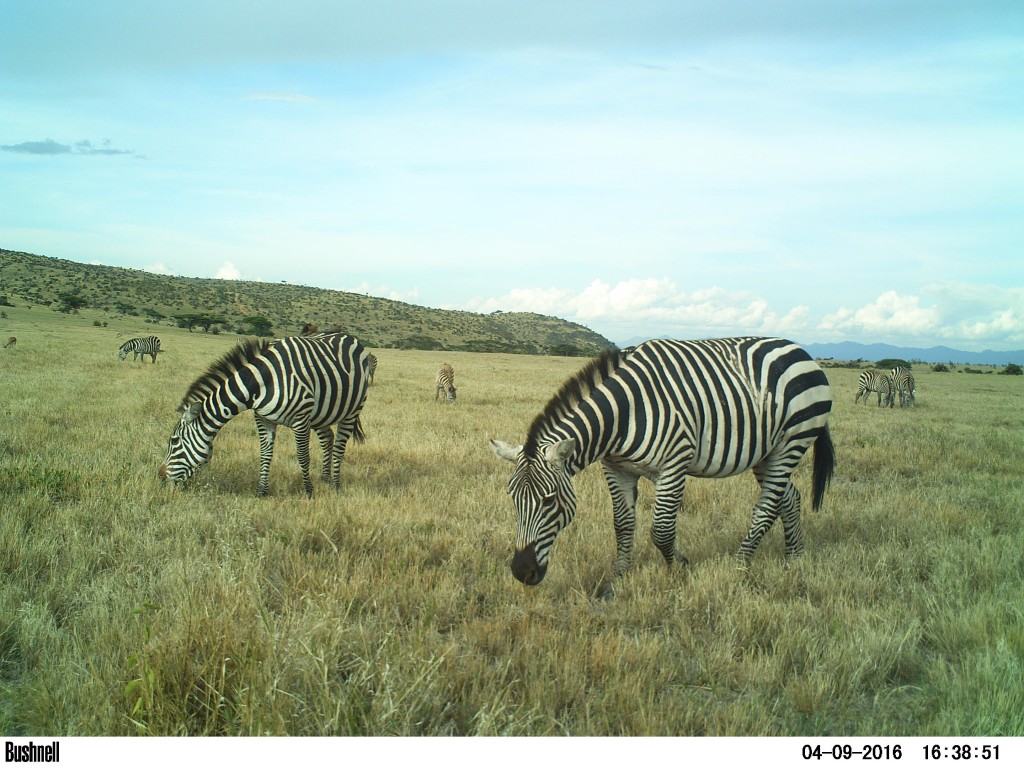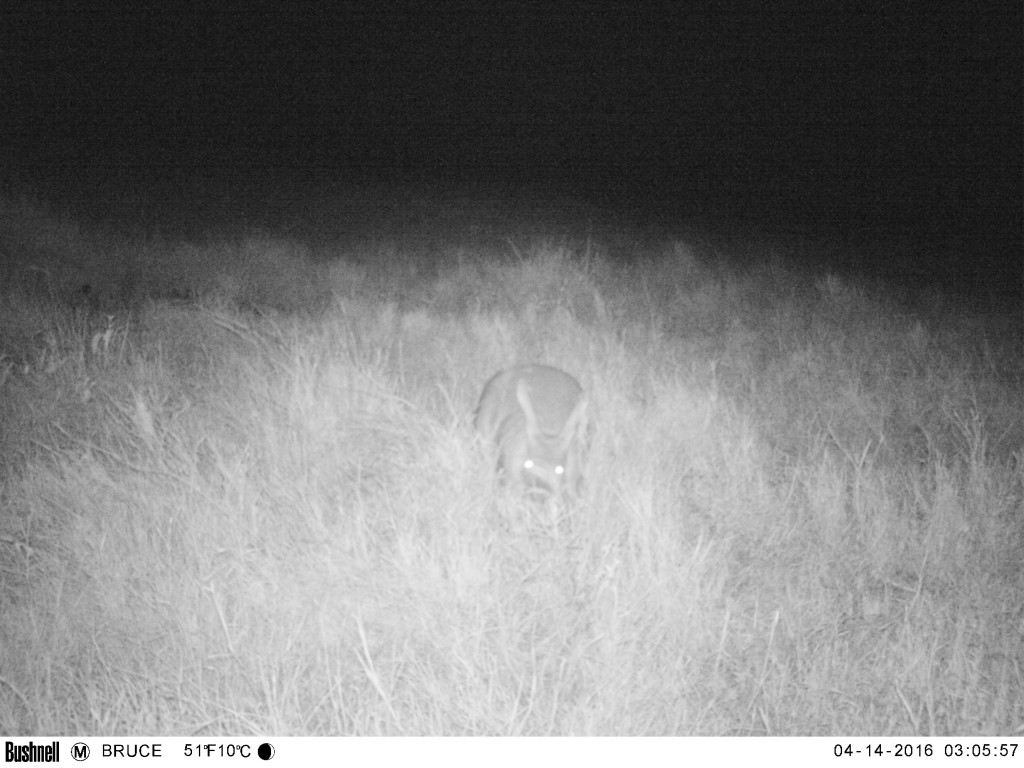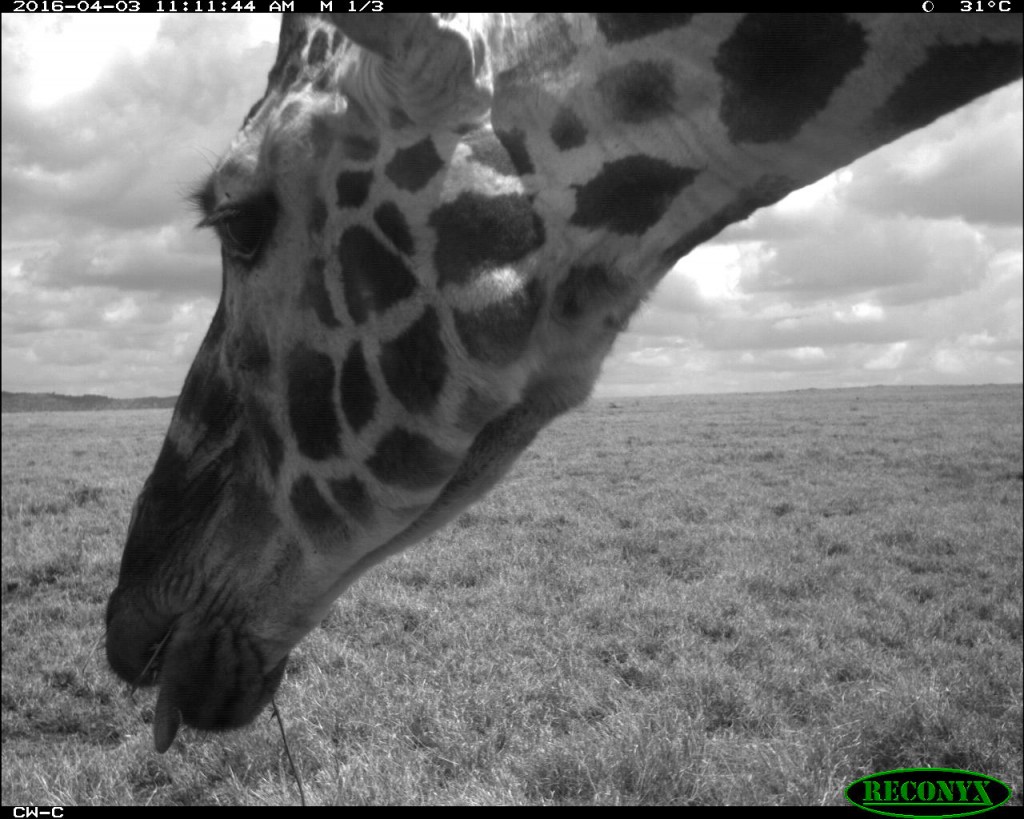As the end of our fieldwork approaches, those of us here in Kenya are a little amazed at how fast the time has flown! After 10 weeks here at Lewa Wildlife Conservancy we are now wrapping up our data collection ready to return to the UK.
My project focuses on investigating the grassland management techniques that are in use on Lewa Wildlife Conservancy. Lewa is attempting to use a strategy called holistic cattle grazing to manage the grassland on the reserve. This technique is based around the principle that grasslands evolved alongside huge herds of wildlife grazing and trampling the ground before moving on. The idea is that, where there are now low numbers of herbivores, cattle can be used as a proxy for these large herds to help remove large stands of dead grass and regenerate the grassland. In addition, Lewa conducts occasional mowing in some areas of the reserve to reduce the biomass of grass. The aim of Lewa’s grassland management plan is to diversify the habitat for wildlife by improving and maintaining the composition of the vegetation community, as well as extending economic benefits to local communities by allowing them to graze cattle on Lewa. However there has been little work to investigate whether it is having the intended effect.
For my fieldwork I have focused on 3 cattle grazing areas, 3 mowed areas and 3 control areas. I have conducted vegetation surveys on each plot both before and after the rainy season. This was done using a disc pasture meter and a pin frame to measure biomass and species richness. In order to measure wildlife use of the plots I placed camera traps at each site and conducted dung transects every two weeks throughout my study period. I also placed exclusion cages on my plots to protect some of the grass in an attempt to measure offtake by wildlife. During my last week here I will be returning to my vegetation plots for some final surveys and to collect my camera traps, hopefully while seeing some wildlife along the way.
- African elephant (Loxodonta africana) and exclusion cage
- Measuring stem-leaf ratio using pin frame, Lewa Wildlife Conservancy
For all conservation interventions continued monitoring and adaptive management is necessary for success. I am therefore hoping that my results will provide important information to advise future management strategies on Lewa and assess the effectiveness of their current regimes. Analysis of my camera trap and dung data is now in progress in order to determine the response of wild grazers to the different management techniques.
In addition to my own fieldwork I have had the opportunity to get involved with the work of my fellow MRes students which has added some variety to the 10 weeks! Being able to visit the Mount Kenya Elephant Corridor and assist with some hyena collaring (stay tuned for Arjun’s blog) have been some of the highlights of my time here. Yet often we do not even have to leave the camp to have interesting wildlife encounters, with resident impala and Grevy’s zebra being regular visitors, and the frequent calls of hyena and lion that begin at dusk each day. I am sure returning to the UK will be a shock to the system for all of us!
Written by Rebecca Sargent.
Posted By : Danielle Free
